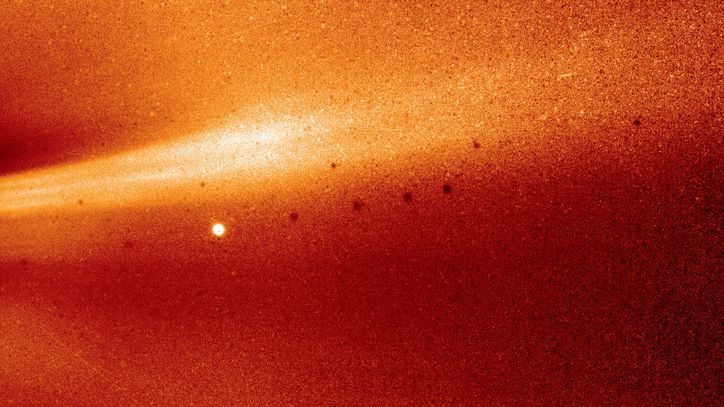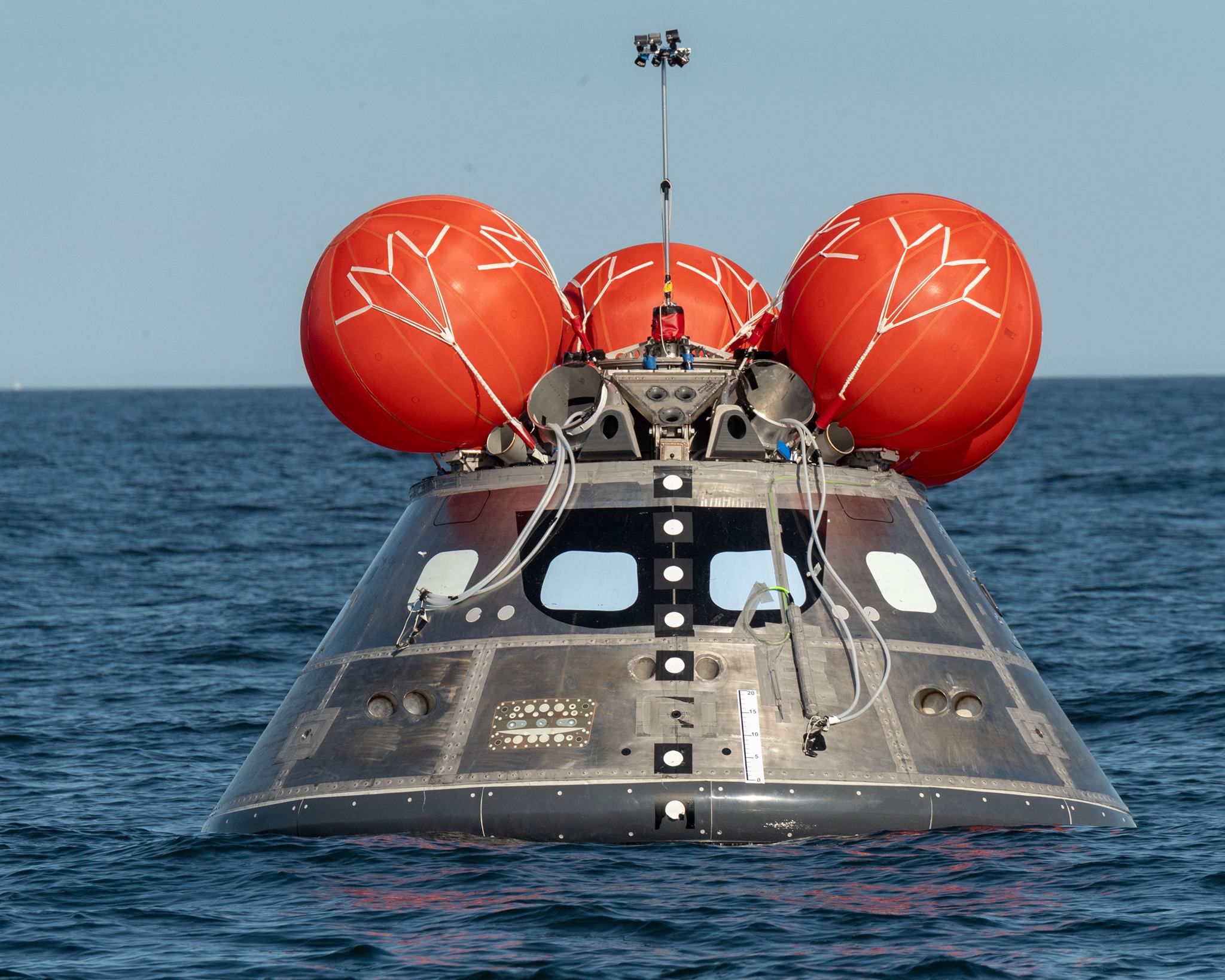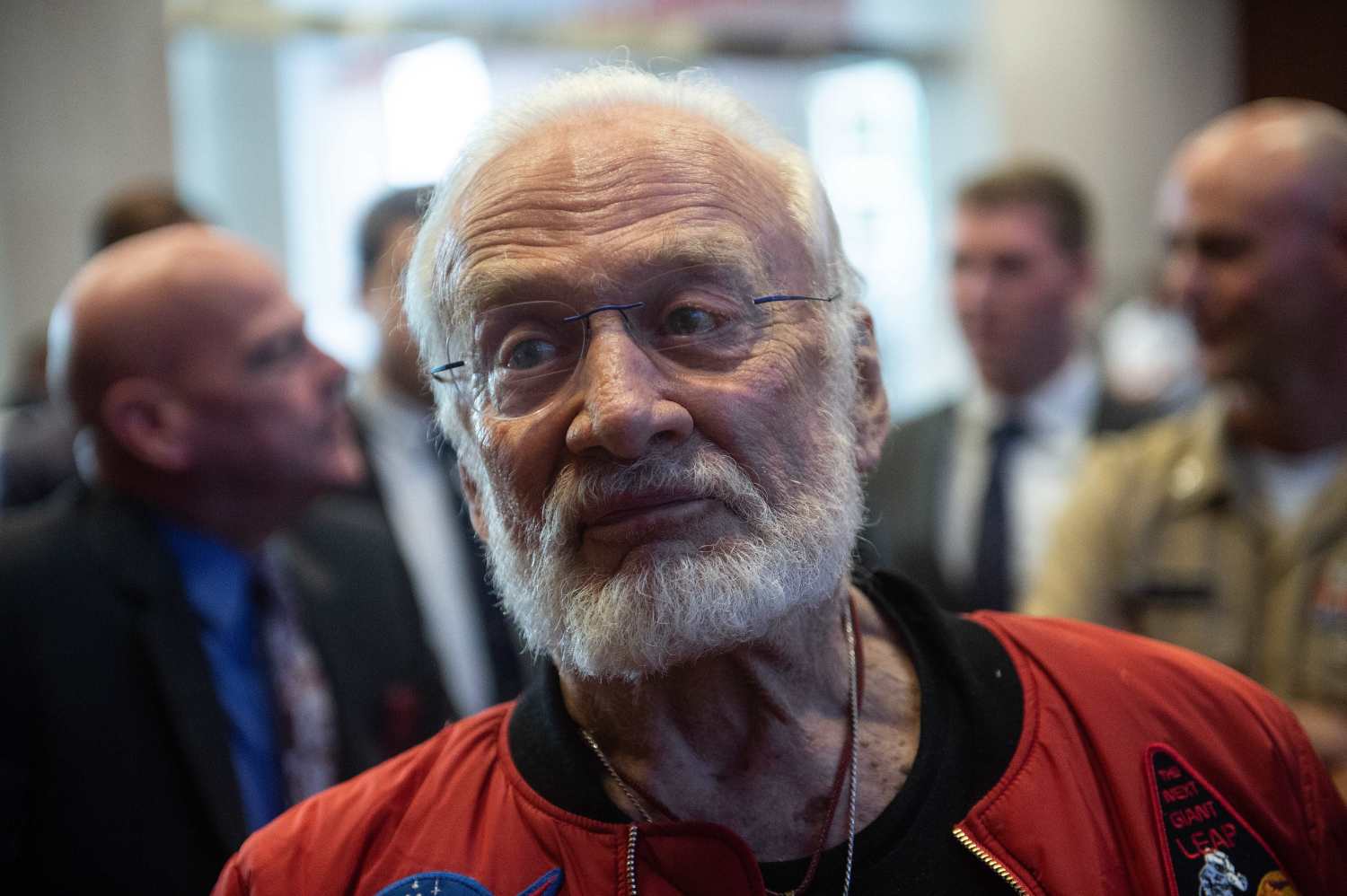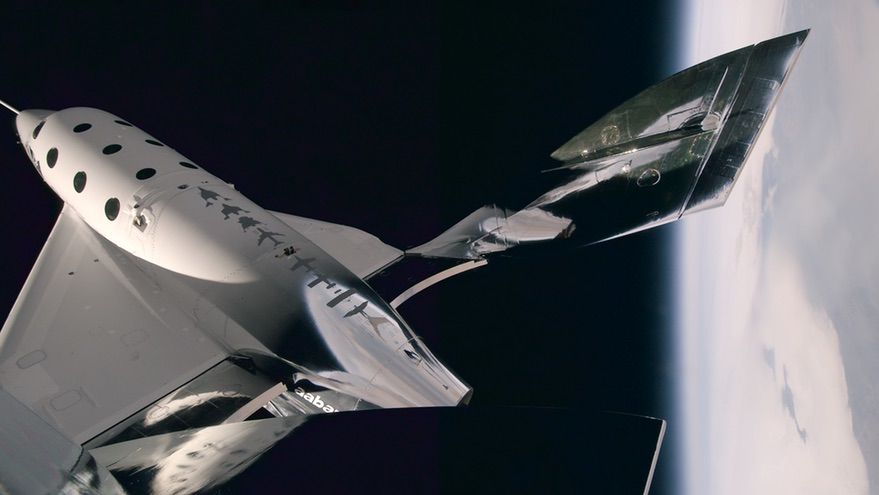Virgin Galactic is headed for the Big Black! https://spacenews.com/virgin-galactic-to-attempt-flight-to-space-this-week/
WASHINGTON — Virgin Galactic plans to perform the next test flight of its SpaceShipTwo suborbital spaceplane as soon as Dec. 13, a flight that could be the first by the vehicle to reach at least one definition of space.
In a Dec. 11 statement, the company said the next powered test flight of VSS Unity, the second SpaceShipTwo, is planned for a window that opens Dec. 13 from the Mojave Air and Space Port in California. The flight would be the fourth powered flight for this vehicle and the first since July. The statement came shortly after the publication of airspace restrictions in the vicinity of the airport “for rocket launch and recovery” for Dec. 13 through 15.
“At a basic level, this flight will aim to fly higher and faster,” the company said in its statement. “We plan to burn the rocket motor for longer than we ever have in flight before, but not to its full duration.”








